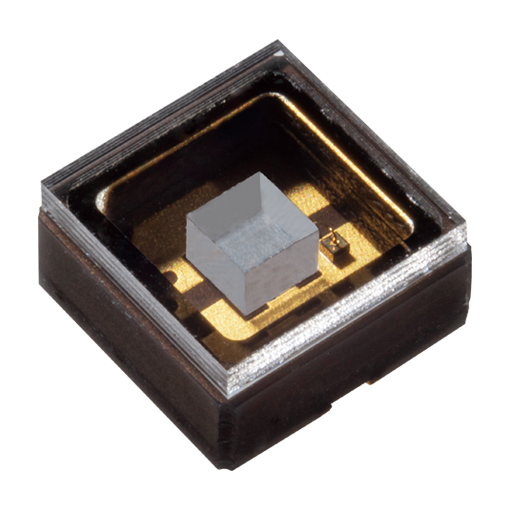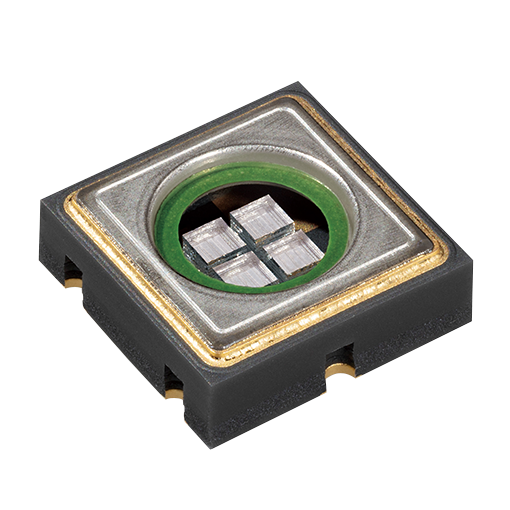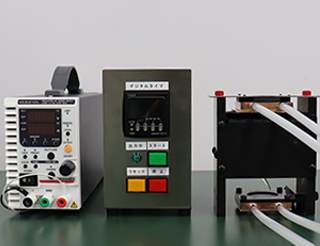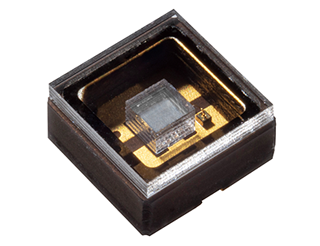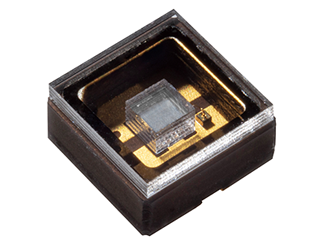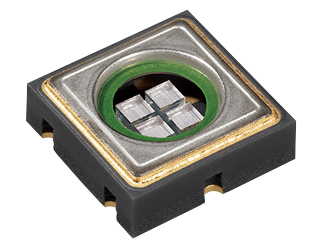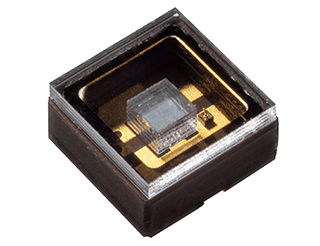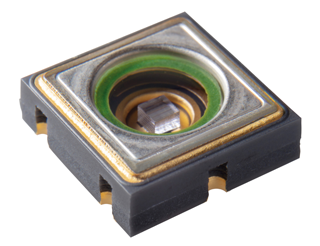UV-C LEDs for Disinfection
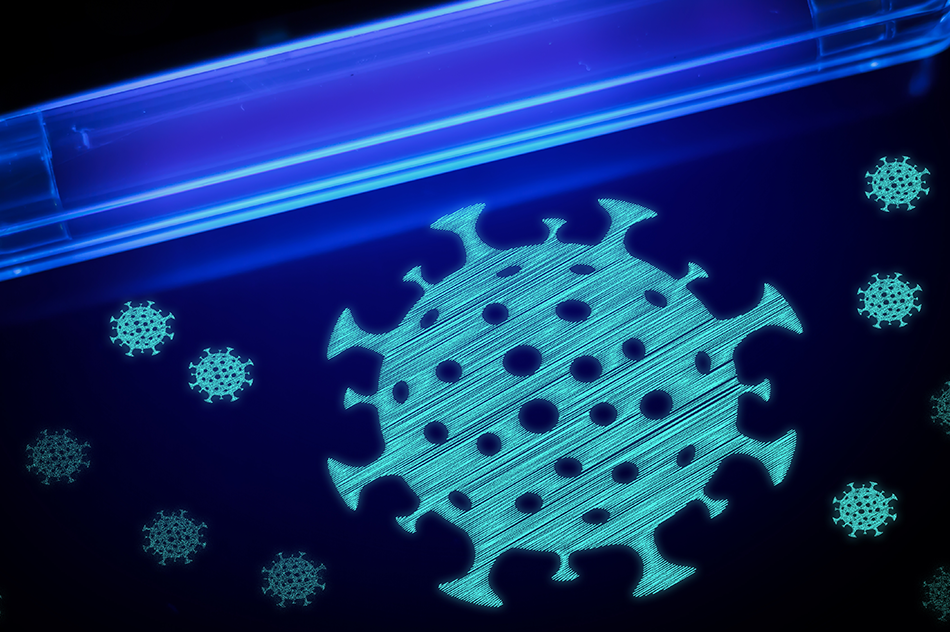
Ultraviolet LEDs for Disinfection Applications
Index
What is disinfection using ultraviolet?
Bacteria multiply by cell division, whereas viruses are known to invade the cells of organisms and multiply by taking advantage of the host's functions. In both cases, growth is based on information in the DNA and RNA of the bacteria and viruses. UV irradiation has the effect of deforming the DNA and RNA structure of the bacteria and virus.
The mechanism is that abnormalities in the structure of DNA and RNA interfere with their ability to metabolize and multiply, thus enabling the inactivation of bacteria and viruses.
Video 1. Mechanism of inactivation by ultraviolet
What is required for disinfection using ultraviolet (UV) LEDs
There are several points to consider when discussing disinfection with UV LEDs, including the viricidal power by wavelength, the UV LED characteristics, and the lifetime or Virucidal Maintenance.
By correctly understanding and evaluating each, the maximum viricidal power can obtained for the application.
Below explains these three key points.
Video 2. What is required for disinfection using ultraviolet (UV) LEDs
(1) Refer to appropriate UV sensitivity data
Although it is necessary to know the required fluence (UV Dose) for the target microorganisms, the current situation is that each study has different UV irradiation conditions, resulting in different data and confusion.
Nichia's newly developed UV LED irradiation device unifies UV irradiation conditions and enables highly accurate evaluation of UV sensitivity. (For more information on UV LED irradiation device, refer to the press release.)
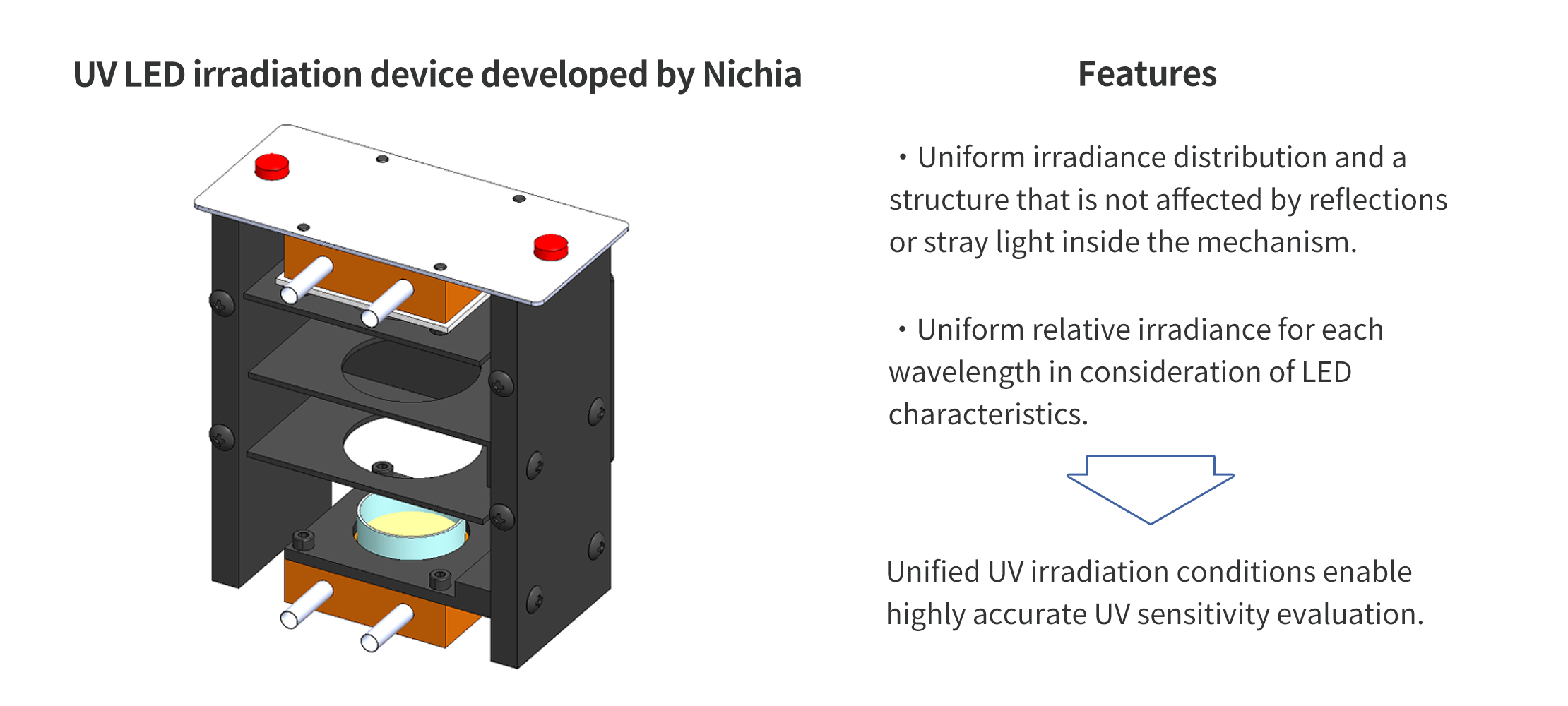
Figure 1. Nichia Developed a UV Irradiation Device to Evaluate UV Sensitivity
In a joint research course with the University of Tokushima ("Microbial Control Research" by Professor Akira Takahashi), this irradiation system was used to evaluate the UV sensitivity of each microorganism at each wavelength. The overall results show that the peaks were closer to the longer wavelength than the commonly used bactericidal effect curve JIS Z8811-1968. In addition, UV sensitivity differs from microorganism to microorganism, confirming the importance of referencing data according to the target of disinfection.
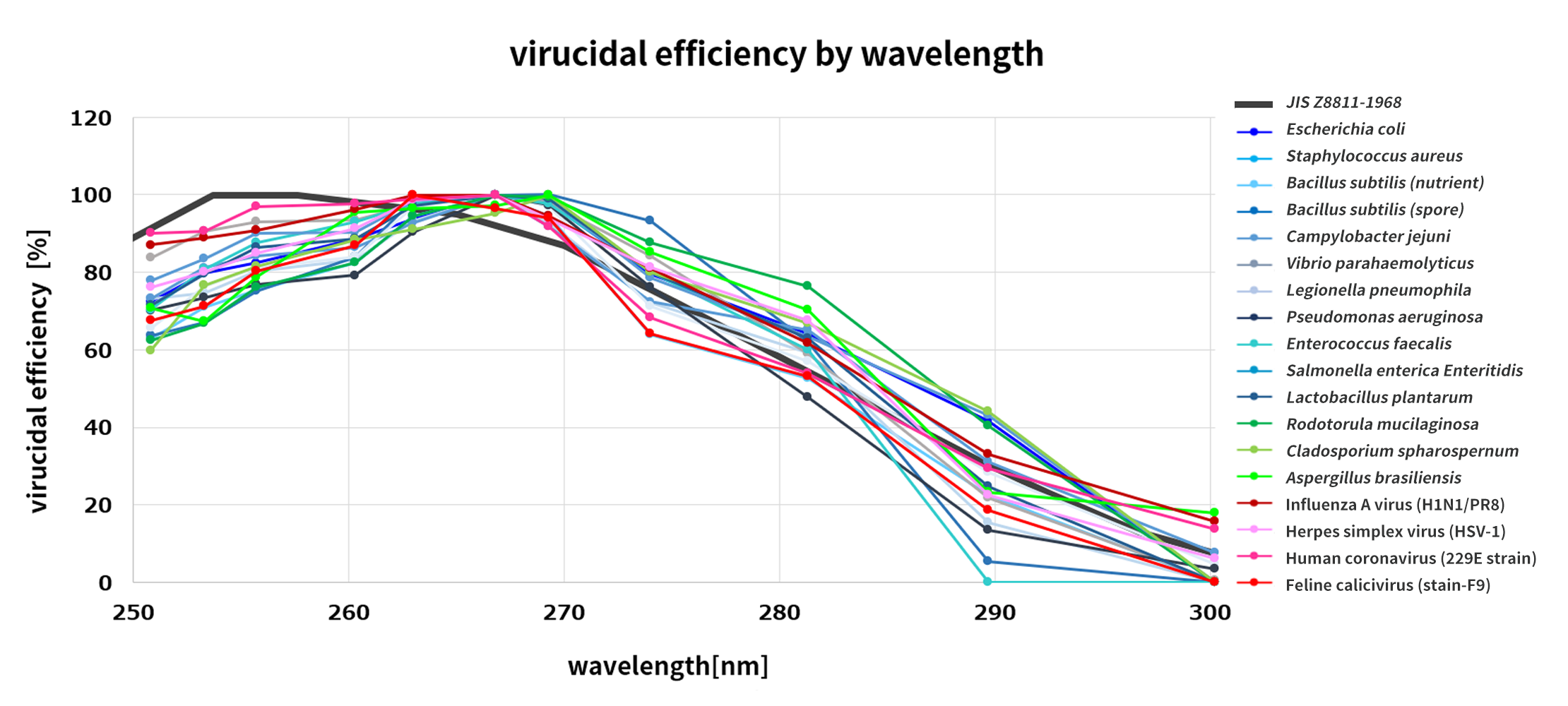
Figure 2. Results of UV sensitivity evaluation for each microorganism at each wavelength (In the joint research course with the University of Tokushima)
(2) Use the Virucidal Power as a key indicator, taking the UV LED output into consideration.
The inactivation effect is determined not only by the virucidal efficiency of each wavelength, but through multiplying the wavelength virucidal efficiency by the output of the LED. This factor is called "Virucidal Power" is one of the most important indicators of the inactivation effect.

Figure 3. Virucidal Power
(3) Consider UV LED lifetime (Output1 Maintenance Rate) for Virucidal Maintenance
The output of LEDs simply just decreases with time of use. In particular, for UV-C LEDs, shorter wavelength LEDs degrade faster than longer wavelength LEDs. Therefore, the lifetime of LEDs differs by wavelength. Through testing, Nichia continues to prove that 280nm is the ideal wavelength when considering the Virucidal Maintenance. Below shows a list of products.
Video 3: Virucidal power decreases over time
1 Output: Refers to radiant flux. The intensity of radiant energy per unit of time.
2 LED out put by wavelength: This graph is based on in-house research and modeled based on the output power (radiant flux) of ordinary LEDs available on the market as of July 2023.

